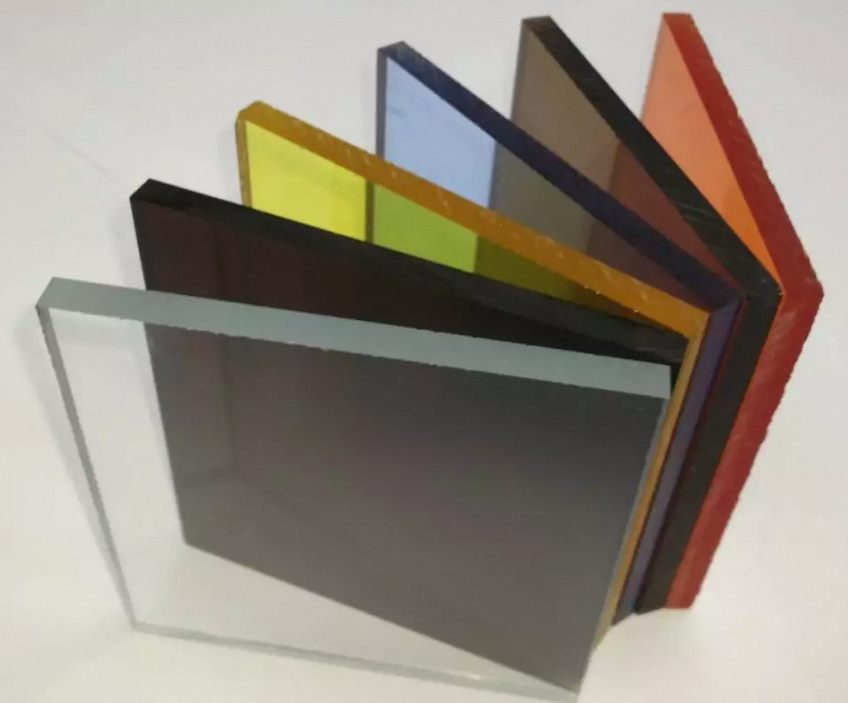Introduction
Acrylic boards are used in many applications owing to their crystalline clarity, durability and beauty. Signs, display cases and here and there in fine art yet to make them survive and show themselves in immaculate condition; they needed the right mineral care. Here in this article is some tips and some guidelines when it comes to taking care of your acrylic boards.
A Primer on Acrylic Parts
Acrylic (also known as poly methyl methacrylate, or PMMA) is an impact resistant and glass-like plastic. LED tubes are often chosen for use in signage and displays due to their good light transmission properties. Not all acrylic boards have the same qualities, and therefore the maintenance requirements vary based on what type of acrylic board you are using.
Cleaning Acrylic Boards
Save it — acrylic boards are always center stage so make sure to keep them looking neat too. Loose pieces scratch the surface if not removed and first step is always dust & vacuum. Just soap and water will rinse everything off, Do not use a strong cleaning agent or abrasives that can scratch. Remember to dry the acrylic very well when cleaning. If not, it can cause stains of water or even deposits.
Polishing and Buffing
Acrylic boards need polishing and buffing to keep their shine, and minor abrasive scratch cleanup. Restoration of shine to top surface of dust and dirt resistant Bumped with a high grade acrylic polishing agent Rub with clean soft cloth, buff off circular until the paint is smooth shiny. Naturally, the frequency of polishing would depend on how frequently you put that board to use and how often your food preparation surface has been exposed to the elements.
The First Lesson: Fixing scratches and marks
While the boards are not only unsightly, acrylic can also be fire-wood structural. For the deep scratches you should be addressing these different from surface marks. Touch-up repair kit or marker pen is usually enough for light scratches. Worst case is that scratches or damage need to be repaired by professional services, and even replaced! That will just be careful use of the acrylic board and staying away from rough detergent and environment — preventing further damage is half of work.
Shade and protection from UV rays and light exposure
Among the most significant disadvantages are yellowing and cloudiness that forms with time due to ultraviolet (UV) ray damages since acrylic is a clear plastic. That means keeping your acrylic boards away from sunlight, which is important because UV light can change them permanently. Extended Defense in the Form of UV-blocking Films and Coatings This is particularly significant for acrylic boards used for exterior signs or displays.
Handling and Storage
This is because acrylic boards are handled so cautiously that it has no damage at all. Never push down on surface and never pick up an acrylic sheet from center. When you have acrylic boards, limit the Contact of your fingers at only the edges. Store acrylic boards in a cool, dry place and away from direct sunlight. Wrap it those with bags or cases to avoid any scratches, dusts.
Innovative Maintenance Planning Solutions
Still read –Use Professional Cleaning Service Or Check In Whenever For Comprehensive Care. These services will help you with not just cleaning and inspection of your acrylic board but identifying the problems even before they are going to be a critical one. Very scratched or damaged boards may need advanced restoration techniques.
Effect of Environmental Business on Acrylic Care
Look into the care Products you utilize throughout your acrylic board maintenance to ensure yours windows are as environmentally sustainable as possible. For cleaning solutions, use greener products and recycling programs for broken acrylics. It is more sustainable care and maintenance of acrylic: Both save on environmental and life goals for acrylic products.
Demonstrating Practical Functionality and Examples
Acrylic board requires guidelines that must be understood in order to maximise its performance particularly in competitive environments like signage, retail displays and with high maintenance art preservation programs where vibrancy often becomes the challenge over time.
Conclusion
Acrylic boards are such a great material that with a little care and maintenance will be in excellent service for years to come, Good Luck. These are things to do (and not do) that this guide will provide you with that should lead your acrylic boards to remain clear, shiny and structurally intact for many years.
Table of Contents
- Introduction
- A Primer on Acrylic Parts
- Cleaning Acrylic Boards
- Polishing and Buffing
- The First Lesson: Fixing scratches and marks
- Shade and protection from UV rays and light exposure
- Handling and Storage
- Innovative Maintenance Planning Solutions
- Effect of Environmental Business on Acrylic Care
- Demonstrating Practical Functionality and Examples
- Conclusion

